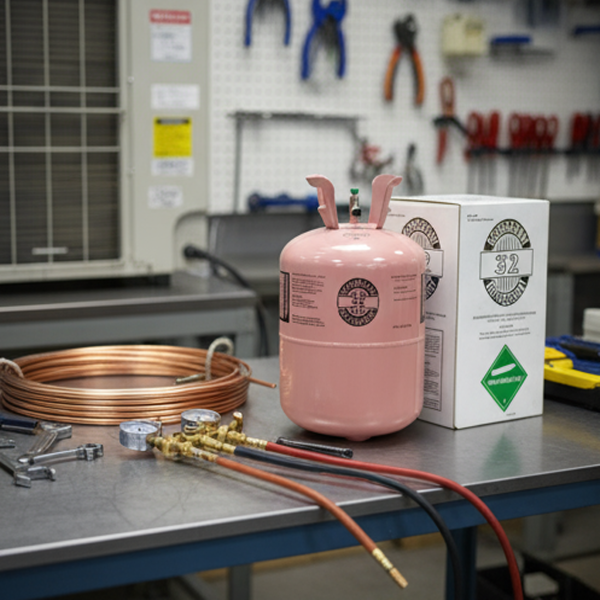Views: 0 Author: Site Editor Publish Time: 2025-10-24 Origin: Site

In mid-October, the Ministry of Ecology and Environment approved 20 companies' applications for adjustments to their hydrofluorocarbon (HFC) production quotas for 2025. This adjustment, rather than an overall expansion, represents a structural reallocation within the industry, resulting in a net increase of 24,397 tons of quotas for eight major HFC varieties.
Core Adjustment: The Rise of R32 and the Decline of R125
This adjustment clearly demonstrates a diverging demand trend, with three major refrigerants defining the landscape:
R32 (HFC-32) saw a significant increase in quotas by 25,007 tons, becoming the biggest winner and highlighting its strong demand as the current mainstream refrigerant for air conditioners.
R134a (HFC-134a) saw a quota increase by 5,747 tons, demonstrating continued strong demand for its applications in automotive air conditioning and other applications.
R125 (HFC-125) saw a quota decrease by 7,385 tons, primarily due to its primary use in blending (e.g., R410A) and the pressure on its export market due to restrictions on high-GWP products in Europe and the United States.
Future Outlook: Tight Balance and Long-Term Prosperity
This quota adjustment further confirms that, under the strict constraints of supply-side quota controls, the refrigerant industry, particularly mainstream products like R32 and R134a, is expected to maintain a tight supply-demand balance.
With the accelerated reduction of second-generation refrigerants (HCFCs) and the steady growth of global demand, leading companies with quota advantages are expected to continue to benefit from the industry's high prosperity. Therefore, the net increase of 24,397 tons does not represent a universal industry bonanza, but rather a pattern where the strong prevail and the wise survive.